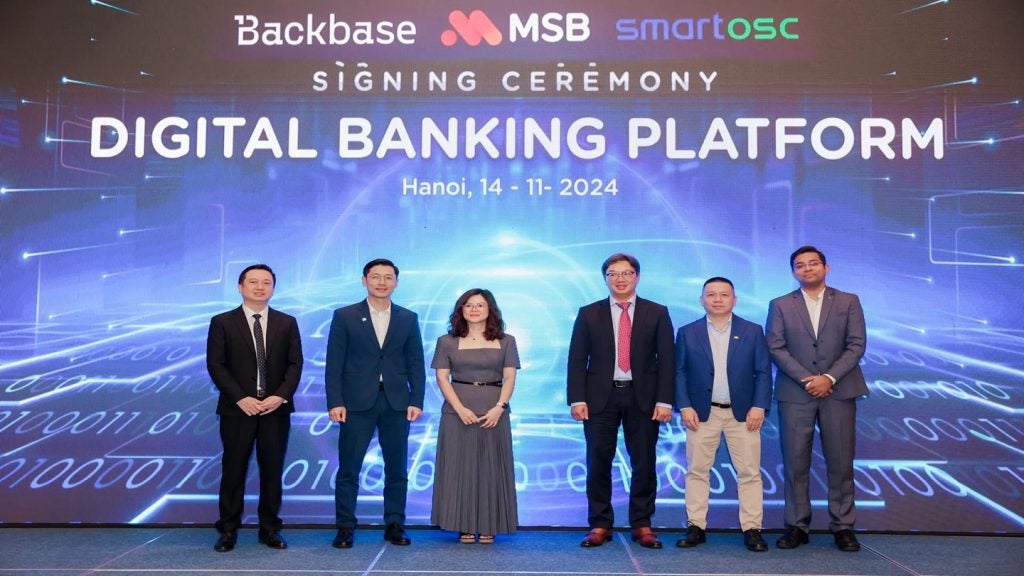
Self-service is an integral part of today’s consumer banking. NCR’s Robert Johnson warns against complexity as the industry strives to manage a speeding trend. Mohamed Dabo reports.
There’s a strong drive towards self-service, both through digital banking and the more traditional physical self-service, said Johnston, product marketing director at NVR’s Enterprise Software Solutions.
He believes that in the race to finding a solution, complexity is an enemy. “It’s very easy to make things complicated, but it’s always possible to make things simpler,” he said.
Yet, the very simplicity that underlies banking products and processes for savings, lending, and business services renders the sector ripe for disruption.
The virtues of simplicity
“One of the remarkable trends in the recent years, enabled by the rise of smartphones and widely available, low-cost, always-on internet coverage, has been the growth of the fintech industry.”
Consumer banking is on the verge of disruption, much of which is led by the disaggregation of simple products and service offerings.
How well do you really know your competitors?
Access the most comprehensive Company Profiles on the market, powered by GlobalData. Save hours of research. Gain competitive edge.

Thank you!
Your download email will arrive shortly
Not ready to buy yet? Download a free sample
We are confident about the unique quality of our Company Profiles. However, we want you to make the most beneficial decision for your business, so we offer a free sample that you can download by submitting the below form
By GlobalDataThousands of startups and some established players have found the magic of starting with a clean sheet of paper, Johnson said. “Doing one thing and doing it really well.”
New entrants do not just focus on customer service in the traditional sense but understand and meet evolving customer needs with dynamically different product design and delivery.
“Take personal loans, for example. The fintech approach is to help consumers scan the market for the best deals and then quickly sign up for the product.”
The acceleration factor
“Covid-19 has changed everything,” Johnson said. “But we don’t know by how much, and we don’t know exactly where we’ll end up, or how many of the newly acquired habits of consumers will stick.”
Prior to covid-19, 71% of bank customers were already using digital, with 23% of the customer base having digital-only accounts, according to Johnson.
In April 2020, FIS reporter a 200% jump in new mobile banking registration, and an 85% increase in traffic, all down to covid-19.
“Self-service through digital banking is booming,” he said.
What about the traditional digital ATM self-service?
“Well, before covid-19 arrived, some clear trends were emerging. Financial institutions were investing increasingly in deposits and recycling ATMs”
The motivation: to move more transactions from the branch to self-service and to make that more efficient through the recycling of cash.
Recycling is a process where an ATM can accept cash deposits, and then re-issue the same cash to customers. This provides expanded consumer services by introducing deposit capabilities.
“When done well, it reduces the number of cash-replenishment trips required at the ATM or to the branch. This reduces operational costs to the bank.”
The branch conundrum
The branch is a fascinating conundrum, he said: After a long period when banks wanted consumers to visit branches a bit more—not for cash transactions, but for products and services—they’re now actively discouraging bank visits again.
But what if, for whatever reason, you can’t access a mobile device or internet banking?
“For the nondigital banking customer, the solution is the provision of the digital banking services through the ATM.”
This makes a lot of scene. The modern ATM has a touchscreen with a user interface functionality you’d expect from a tablet or other mobile device. So, it can easily accommodate the full digital experience.
“More important than that is the security.”
The ATM is on a network that is entirely controlled by the bank, using the bank’s security system. It’s the most secure digital access point and doesn’t rely on any user-supplied equipment.
What if the service you need can only be delivered with an adviser, perhaps a regulated advice related product?
Those products and services are a little too unfamiliar for people reliably navigate unaided, in self-service.
There’s a solution for that too, Johnson said: Interactive Teller Machine (ITM).
“It looks just like an ATM, works pretty much like an ATM, but it has the added ability to provide a video-based call centre. So, consumers can either ask for help with a transaction or engage in a dialogue needed for a complex financial product.”
He believes these machines, widely deployed in North America and in the Middle East, will soon invade the rest of the world. “This will be driven by the operational changes needed in branches to deal with covid-19.”
The humble ATM is now the ultimate versatile machine. “It’s no longer just about digital or cash. The ATM has connectivity to convert any banking service into self-service, or the newer modalities of video-assisted service.”
The changes that have already started moving self-service into the digital era are accelerating, and covid-19 has spun the wheel even faster.
“We some significant next generation digital-first self-service technology coming to the market over the coming months.”
The race is on: the rethinking of self-service has greatly accelerated.







